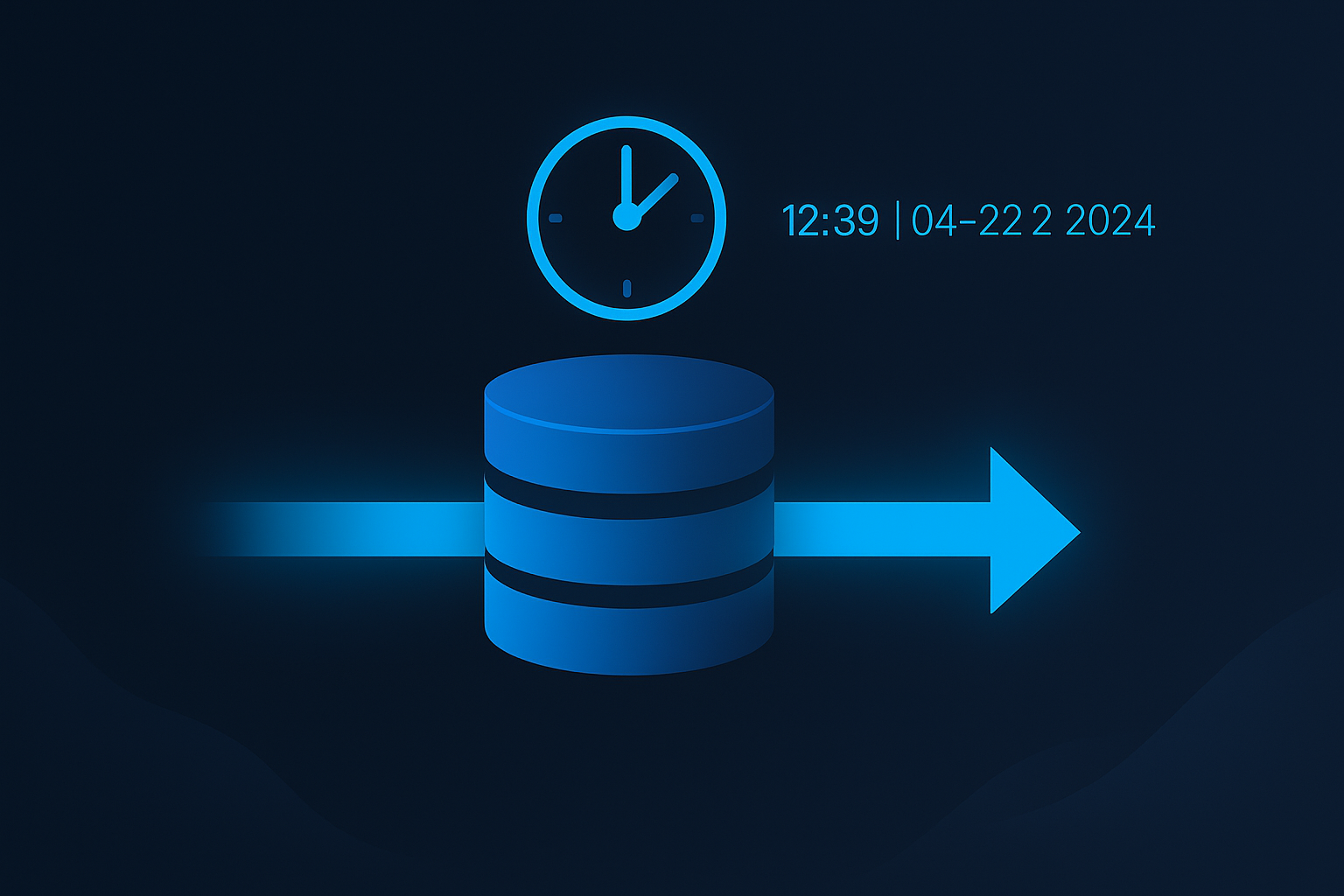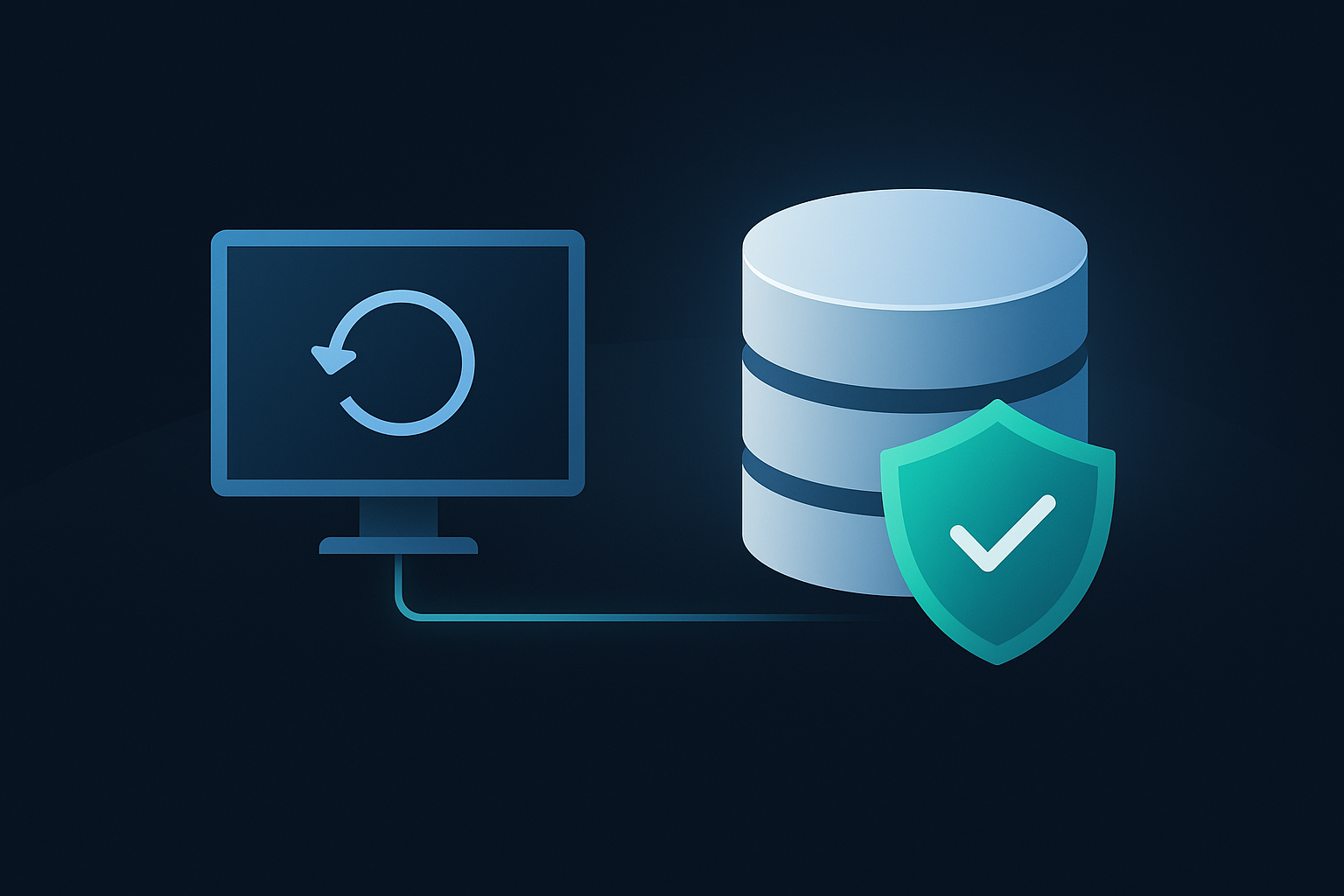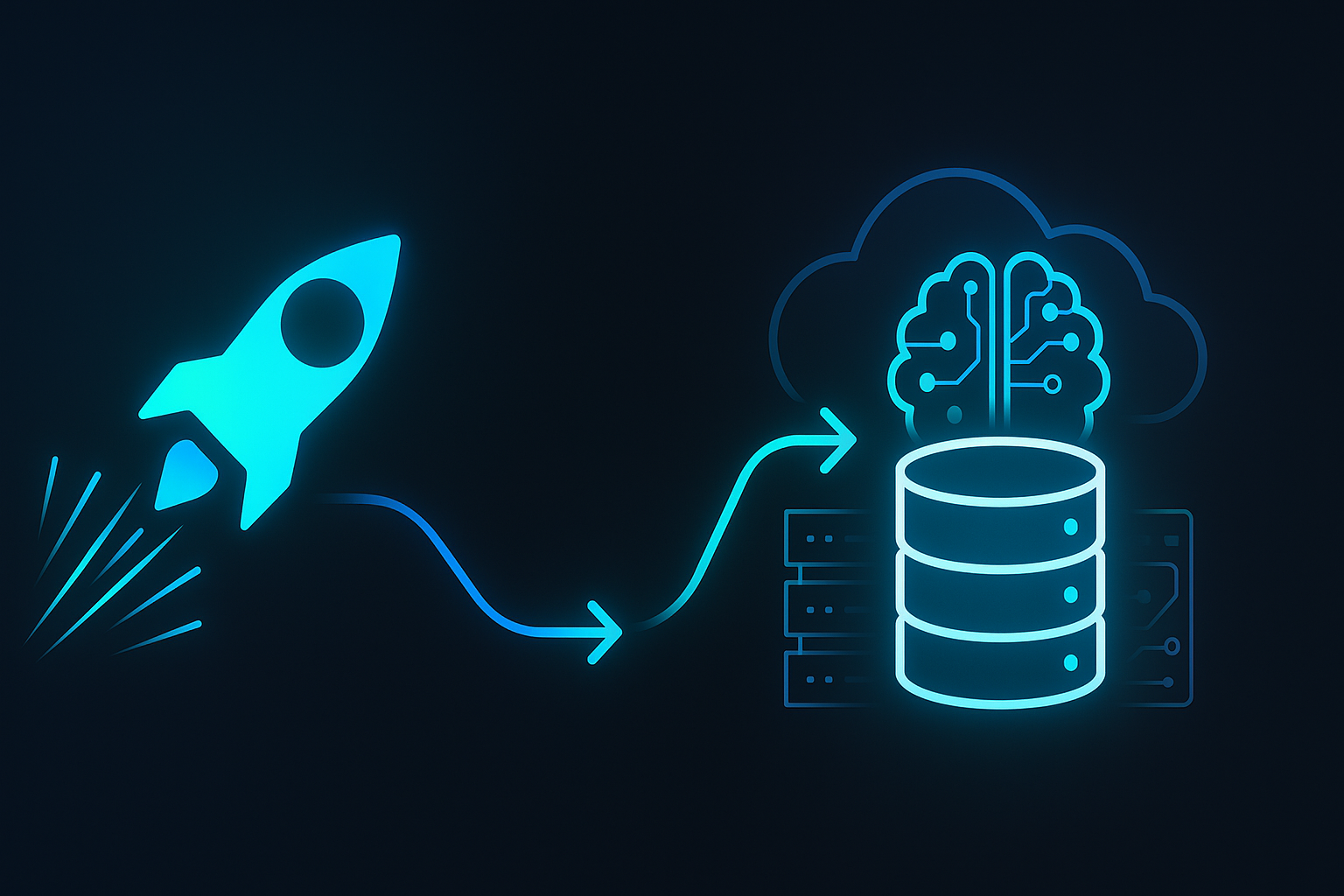The Shift to Serverless Databases
May 1, 2025
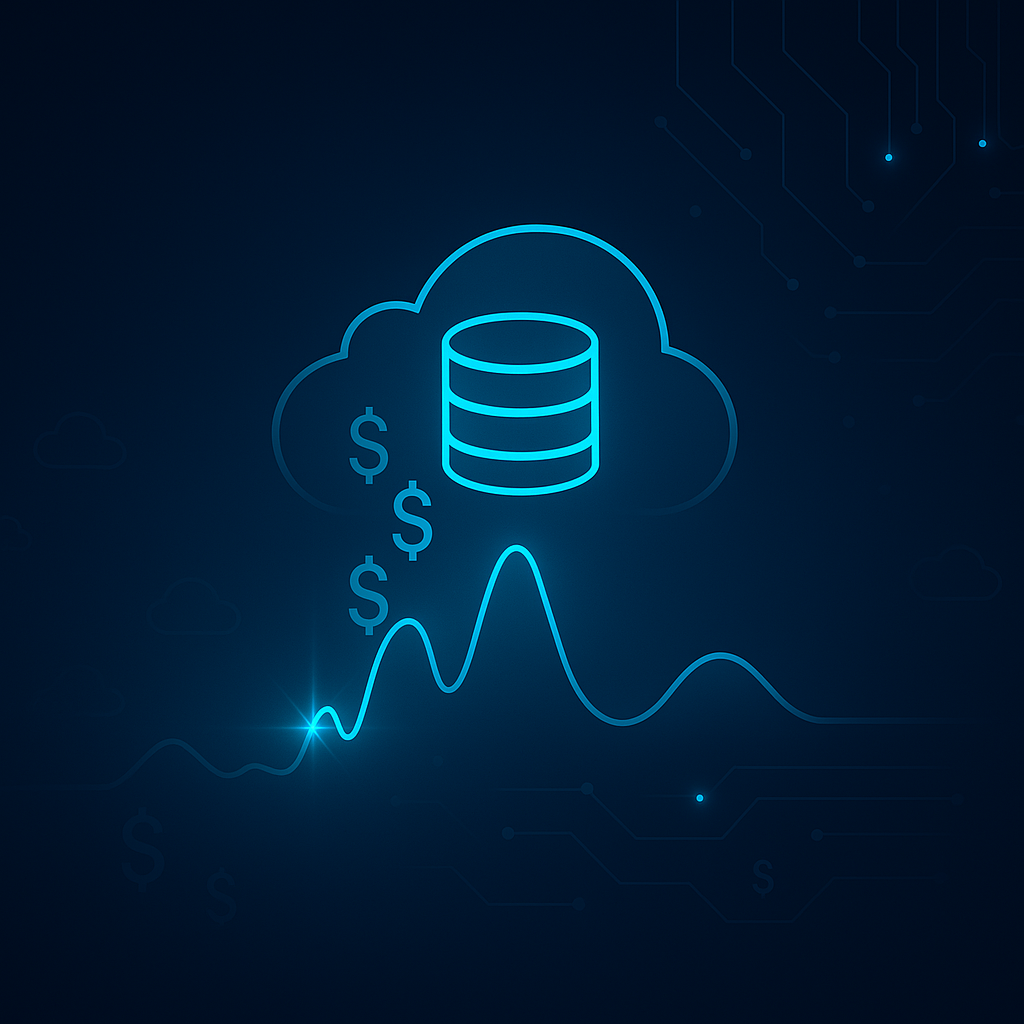
Let’s be honest: most of us didn’t get into tech because we love provisioning servers, guessing at CPU sizes, or sweating over whether we’ve over- or under-provisioned our database for the next traffic spike. Yet, for years, this has been the reality for anyone running a database in the cloud.
Serverless database flips this script. No more pre-provisioning. No more paying for resources you might use. You only pay when you use the database, and scaling is handled automatically behind the scenes. It’s a big promise—so let’s unpack what “serverless database” actually means, why it matters, and where it’s a game changer.
What Is a Serverless Database, Really?
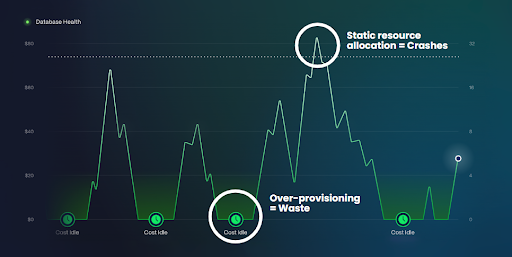
The term “serverless” gets thrown around a lot, but it’s worth clarifying: serverless doesn’t mean there are no servers. It means you don’t have to think about them. In the old “serverfull” world, you had to pick your server size, memory, IOPS, and network bandwidth—basically, guess at your future needs and hope for the best. Over-provision, and you’re burning money. Under-provision, and you’re in trouble when traffic spikes.
Serverless databases take all that off your plate. The platform automatically provisions, scales, and manages the underlying infrastructure. You focus on building your app. The database just works—scaling up when you need it, scaling down (even to zero) when you don’t. And crucially, you’re only billed for what you actually use.
Why Serverless? The Real-World Benefits
Here’s where serverless databases really shine:
Elastic, Automated Scaling: Your database automatically adapts to traffic—no manual intervention, no guessing games. If your app goes viral overnight, your database keeps up. If it’s quiet, your costs drop.
Consumption-Based Billing: You’re not paying for idle servers or unused capacity. You pay for actual usage—period. This is a lifesaver for teams watching their cloud bills (and who isn’t?).
No Ops Headaches: No more babysitting servers, patching, or worrying about failovers. The operational burden is gone, letting your team focus on building, not maintaining.
Instant Spin-Up: Need a new database for a dev environment, test, or side project? It’s a command away. No tickets, no waiting on IT, no capacity planning.
Perfect for On/Off or Spiky Workloads: Apps with unpredictable or bursty usage patterns (think e-commerce, event-driven apps, or SaaS trials) benefit the most. When usage drops to zero, so does your bill.
Who Should Care? Use Cases Where Serverless Wins
Not every workload is a fit for serverless, but for a huge swath of modern development, it’s a no-brainer. Here’s where serverless databases are a game changer:
1. Apps with Spiky or Unpredictable Traffic
The Problem:
Your e-commerce site handles 100 users/day… until an influencer posts about you. Suddenly, 100,000 users crash your site. Traditional scaling takes minutes—you lose sales and reputation.
How Serverless Fixes It:
Survive the spike: Traffic jumps 1000x? The database scales instantly—no manual triggers, no downtime.
No “insurance servers”: Stop paying for idle capacity, “just in case” a sale happens. Pay only when users check out.
Global readiness: Serverless databases auto-distribute across regions. Users in Tokyo get the same speed as in NYC.
Battle Story:
A Black Friday sale brings 10x traffic. Your database handles it effortlessly. At midnight, when traffic dies, costs drop to $0.01/hour. CFOs love this.
2. Modern Development
The Problem:
Modern all-in-one platforms like Vercel, Replit, Render etc. have revolutionized app development - frontends, APIs, and instant deployment in a serverless model. The rise of these platforms prove that developers want abstraction, not infrastructure. But databases remain the last relic of the old world. ‘Serverfull’ databases break this paradigm and create unnecessary friction.
How Serverless Fixes It:
Seamless Integration: Serverless databases work natively with serverless platforms. Deploy a node.js app on Vercel? The database auto-provisions alongside it.
Cost Synergy: Pay-per-use pricing aligns perfectly with these platforms, where every component scales independently.
Unified Workflow: Your database behaves like any other serverless component
AI-Driven Synergy: Pair AI agents with platforms like Vercel’s AI SDKs to build smart apps without backend complexity.
Real Talk:
A developer deploys a Replit project for a hackathon. The frontend and backend deploy instantly, but the database (usually) takes minutes to configure. A paired serverless database launches as part of the deployment, scaling up during demo day and down to zero when the event ends.
3. Startups & Side Projects
The Problem:
You’re building the next big thing in your garage or coffee shop. Every dollar counts, and you can’t afford to waste time (or cash) on servers you might need. Traditional databases force you to guess your capacity upfront, like buying a 10-lane highway for a scooter.
How Serverless Fixes It:
Zero upfront costs: Spin up a database in seconds, pay nothing until your first user signs up. No more begging investors for server money.
Fail fast, pivot faster: Test 5 ideas in parallel. If one flops, tear it down,no lingering costs. If one takes off, it scales seamlessly.
Founder-friendly ops: No need to hire a DevOps team. Focus on your product, not patching servers at 2 AM.
Real Talk:
Imagine your MVP goes viral on Product Hunt. With serverless, you’re not scrambling to upgrade servers—the database scales automatically. When the hype dies down, your bill shrinks too.
4. Dev/Test Environments
The Problem:
Your devs waste hours waiting for DB access. QA teams pay for idle databases 90% of the time. Staging environments sit unused but still drain budgets.
How Serverless Fixes It:
On-demand databases: Need a fresh DB for a sprint? A single api call and your database is live in milliseconds.
Costs that match reality: Databases sleep when inactive. No more paying for overnight/weekend idle time.
Isolation made easy: Every feature branch gets its own DB. No more “who broke the shared dev instance?” chaos.
Pro Tip:
Automate database creation in your CI/CD pipeline. Every pull request spins up a clean DB, runs tests, and self-destructs. Your cloud bill will thank you.
5. Microservices & Event-Driven Architectures
The Problem:
Your monolith is a ticking time bomb. Every new feature risks breaking the whole app. Scaling one component means over-provisioning everything.
How Serverless Fixes It:
Database-per-service: Each microservice gets its own serverless DB. Payment service scales independently of inventory.
Event-driven magic: A user signs up → DB event triggers welcome email → analytics update → CRM syncs. All auto-scaled, all pay-per-use.
Cost isolation: See exactly which service costs what. No more “mystery database bills.”
Architecture Win:
Your recommendation engine needs 10x more power during holidays? Only that database scales up. The rest stay lean.
Why SkySQL Nails These Use Cases
No cold starts: Unlike some serverless DBs, SkySQL wakes dormant databases instantly—no lag when traffic surges.
True scale-to-zero: Pay nothing when databases sleep. Competitors often charge for storage; we don’t nickel-and-dime.
Developer-first: API-driven workflows, Terraform support, and Slack alerts when things get spicy.
Vibe coding: MCP Server support
Serverless isn’t just a feature—it’s your unfair advantage. SkySQL ensures your database scales as ambitiously as your roadmap. Learn more about SkySQL serverless in this blog.
The Bottom Line: Why SkySQL Serverless?
The old way of running databases is broken. Guessing at capacity, overpaying for idle resources, and spending precious engineering time on ops is yesterday’s problem. It’s not just a new way to run databases—it’s a new way to build, launch, and scale apps. Ready to stop worrying about your database and start building? Give SkySQL Serverless a spin and see how much simpler—and cheaper—cloud databases can be.


